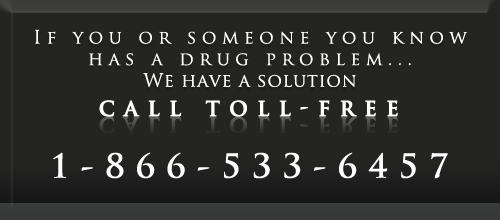Navigate

Illegal Drug Laws
 Who controls the illegal drug laws? Authority to regulate drug use rests foremost with the federal government, derived from its power to regulate interstate commerce. From that point each state is free to legislate so long as their laws remain consistent with federal law. Most states have adopted federal models for their own drug legislation.
Who controls the illegal drug laws? Authority to regulate drug use rests foremost with the federal government, derived from its power to regulate interstate commerce. From that point each state is free to legislate so long as their laws remain consistent with federal law. Most states have adopted federal models for their own drug legislation.
Current illegal drug laws have two main objectives. First, they regulate the manufacture, sale, and use of legal drugs such as aspirin, sleeping pills, and antidepressants. Second, they prohibit and enforce the manufacture, possession, and sale of illegal drugs from marijuana to heroin, as well as some dangerous legal drugs.
The distinction between legal and illegal drugs is a twentieth-century phenomenon. During the nineteenth century, there was very little governmental control over drugs. The federal government regulated the smallpox vaccine in 1813 and established some controls through the Imported Drugs Act of 1848. But addictive substances such as opium and cocaine were legal. In fact, the latter remained a minor ingredient in Coca-Cola soft drinks until 1909. Heroin, discovered in 1888, was prescribed for treating other addictions. California began restricting opium in 1875, but widespread criminalization of the substance would not come for decades.
To control the use of dangerous drugs, federal law and most state statutes use a classification system for their illegal drug laws. This classification system is outlined by the Uniform Controlled Substances Act, which is based on the federal Comprehensive Drug Abuse Prevention and Control Act. The system includes both illegal and dangerous legal drugs. It uses five groups, called schedules, to organize drugs according to their potential for medical use, harm, or abuse, and it imposes a series of controls and penalties for each schedule.
Heroin, hallucinogens, and marijuana are placed on schedule I, as they are thought to have a high potential for harm and pose no medical use. Other types of opiates and cocaine are on schedule II. Most depressants and stimulants are on schedule III. Some mild tranquilizers are on schedule IV. Schedule V is for drugs that are considered medically useful and less dangerous but that can cause limited physical and psychological dependence, such as cough-syrup mixtures that contain some codeine. Under the illegal drug laws, drugs may be rescheduled as new evidence of their uses or risks becomes apparent, and the attorney general has the authority to add new drugs to the schedules at any time.
Illegal drug laws and the penalties associated with them are established according to the severity of the crime. Possession of a controlled substance is the simplest crime involving drugs. Possession with intent to sell is more serious. Selling or trafficking incurs the greatest penalties. The exact penalty for a particular offense depends on numerous factors, including the type of drug, its amount, and the convicted party's previous criminal record. Penalties range from small monetary fines to life imprisonment and even greater punishments.
Between the mid-1980s and early 1990s, lawmakers enacted the harshest illegal drug laws in U.S. history. The impetus for these laws came from the “war on drugs”, a broad federal and state public-policy push initiated under President Ronald Reagan that received widespread public support. Among its many initiatives was the creation of the cabinet-level office of the national director of drug control policy, known as the drug czar, to coordinate national and international antidrug efforts.
